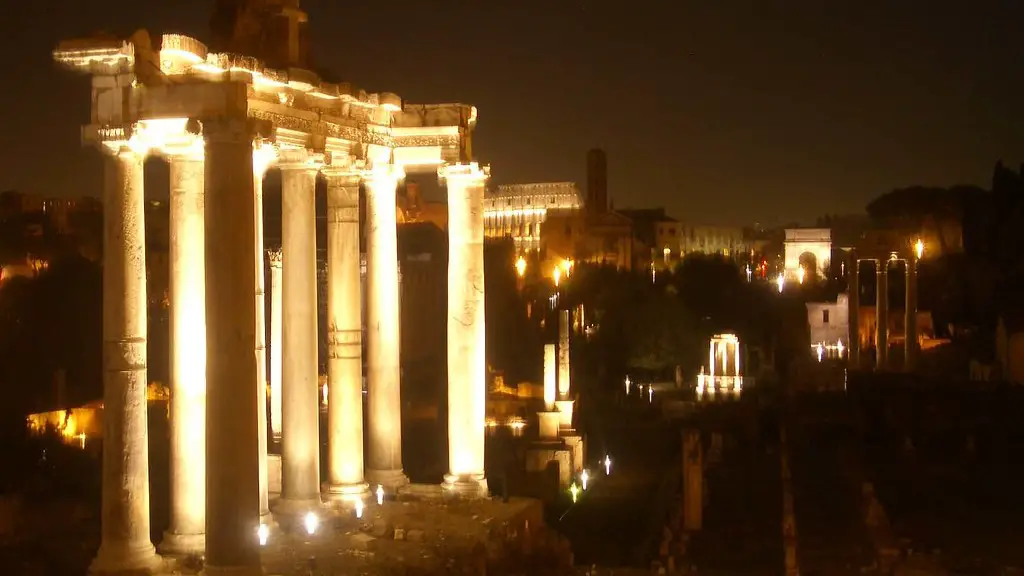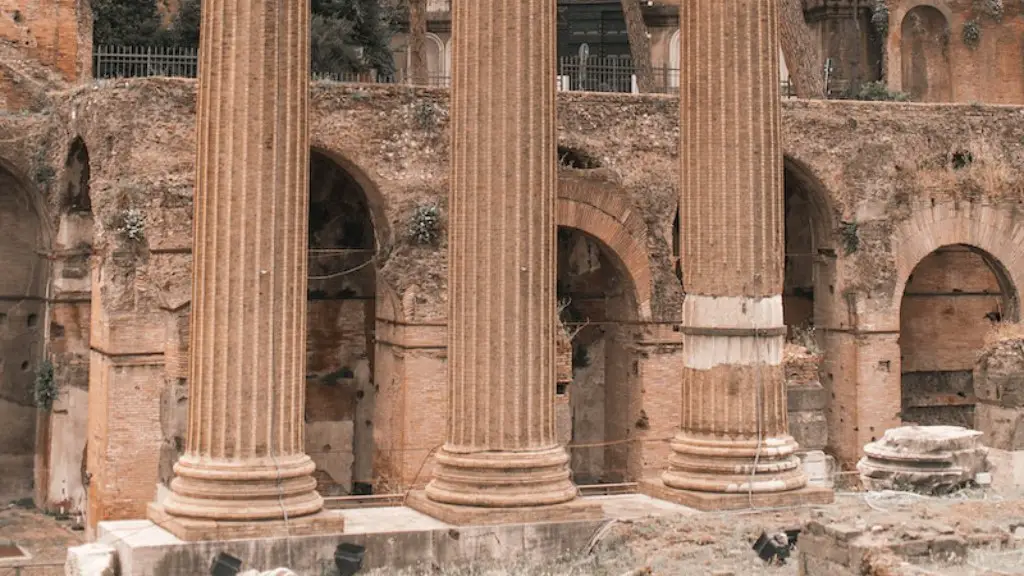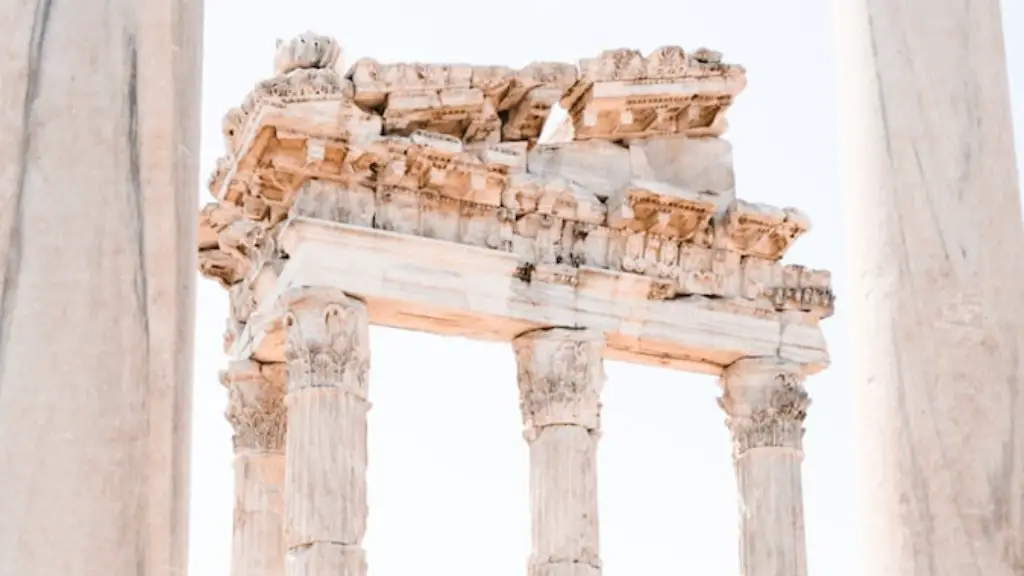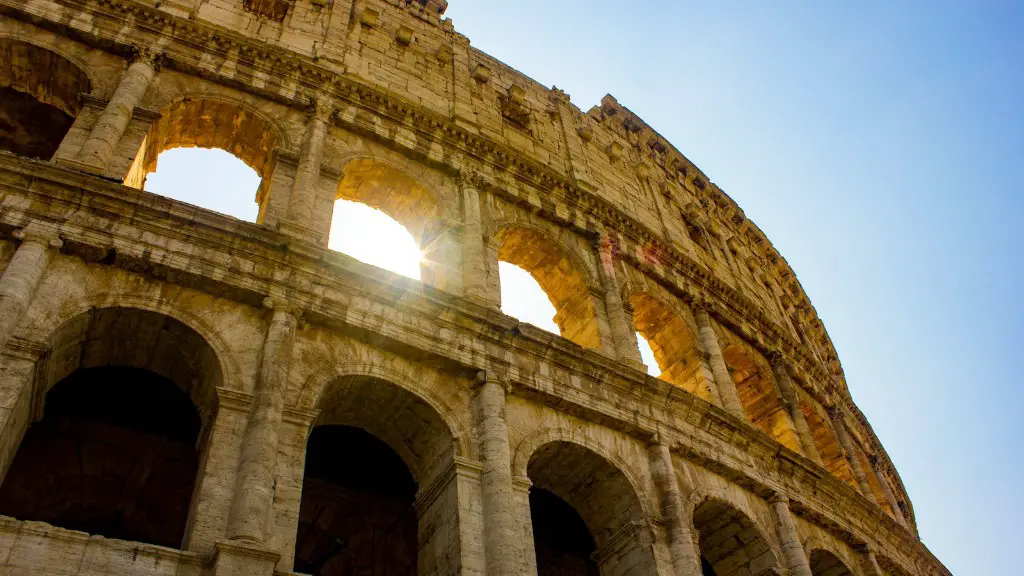Why Ancient Rome Matters
When we think about our modern day society many of the concepts, ideas and structures that we find so commonplace have their origins in Ancient Rome. It is no exaggeration to say that without Ancient Rome, we wouldn’t have the world that we know it today. From politics and architecture, to sports and language, Ancient Rome is responsible for profoundly impacting the world around us.
From direct learning and knowledge, to the inheritance of cultural influences, Ancient Rome’s contributions to our society is significant. It is said that Ancient Rome was one of the most powerful and influential civilizations in the world and the study of Ancient Rome is constantly revealing new information and evidence, both surprising and unexpected.
One of the most remarkable contributions of Ancient Rome is the fact that westerners today speak languages derived from Rome’s Latin language. Modern English, Spanish, French, Italian and Portuguese are all, in some way, derived from Latin. Moreover, the Latin language provided the root for many of the technical and scientific terms used in today’s world. Without Ancient Rome, it’s safe to say that language today would be much different.
It was because of Ancient Rome’s innovative and forward thinking that the Roman law came into existence. This system of laws is still used as a basis for the justice system today and was not only used by the Romans but by nations and civilizations that followed. Moreover, by codifying the first set of laws and creating a way of legislation, Rome set the foundation for how the justice system works today and how governments can protect their citizens.
Ancient Rome’s influence can also be seen in the many forms of entertainment that it practiced. This included the development of wars featuring gladiators, boat races in the Colosseum, and theatrical spectacles that remain popular today. It could be argued that many of the concepts we see in modern day sports, or theatrical performances, have their origins in Ancient Rome.
For many, the lasting legacy of Ancient Rome is their monuments. The Colosseum, Trevi Fountain, and Pantheon all remain today as some of the most iconic monuments in the world and draw millions of visitors each year. But it’s much more than just architecture; we still see Ancient Rome’s principles in the layout and construction of many cities around the world. The concept of the grid was used by the Romans and this is still seen in many of the world’s major cities.
In art and literature, Ancient Rome’s influence cannot be overstated. Many of the works of art we see today are direct reflections of Ancient Rome’s grand styles and literature. From Dante’s great works, to Michelangelo’s Sistine Chapel, all of these works were inspired by Ancient Rome’s majestic culture.
Architecture
When it comes to architecture, it is impossible to overestimate the influence of Ancient Rome. Much of the Roman engineering, design and construction techniques were carried forward and modified to build the great cities of today. The smaller scale buildings such as the family home, followed the principles of the Roman naturalism, forming quadrangles and terraces adorned with ornamentation.
The grandeur of Rome’s engineering is evident in the aqueducts that brought fresh water to the city, the bridges and viaducts designed to span deep valleys, and the many porticos that lined the roads. On a bigger scale, it was the Colosseum and other amphitheatres such as the Flavian that amazed us with their amazing construction. Such vast scale was possible due the perfection of Roman’s concrete and the use of the arch and vault.
Today, architects are still inspired by the grand works of Ancient Rome. Increasingly, many of the new buildings around the world utilise the principles of Roman engineering, design and construction techniques to build the great cities of today as we see in Sydney, Paris, Rome and London. The Roman arch continues to be one of the great gifts of Ancient Rome to modern architecture.
Tradition and Culture
Civilization, culture and customs have all been moulded by ancient Rome. It was in the Roman civilization, not only Italy, where the values of civilisation, the traditions and the codes of conduct were developed and passed on for centuries. Rome is the birthplace of democracy with the idea of voting which has produced the governments that function today.
The Romans are mainly responsible for the tradition, festivities and holidays practiced today in many countries all over the world. The holidays of Christmas, Easter and weddings all have their roots in Ancient Rome. Likewise, the titles of emperor and king, or the concepts of law and justice, are all rooted in Roman tradition.
In culture, when it comes to art and literature, Ancient Roman techniques and styles are derived from today more than any other civilization. Roman mosaics, sculptures and frescos all evoke a certain beauty that still inspires the artists of today.
Much of how we understand language and communications originates from Ancient Rome. Latin was the language of the citizens and was widespread in the ancient world. We still see Latin derived words everywhere, many of which are now commonly used in of English, French, Spanish and Italian. Latin was also the official written language of the Catholic Church, which had a massive influence in Europe for centuries.
Infrastructure and Communication
The engineering of the Roman Empire is legendary, from the complex system of roads to the famous bridges, aqueducts and ports. These were all constructed to facilitate the transportation of goods and people across the vast Roman Empire. In many ways, Roman engineering set the precedent for transportation and engineering in Europe and the wider world today.
Not only engineering, but communication and the post was utilised widely in the Roman Empire. Messengers using horse-driven carriages traveled back and forth with news and messages for government and military operations. Scrolls and wax-tables of inscribed letters were also used to write. The messengers also kept the general population informed with announcements from the Roman Senate, which would often be posted in the form of billboards.
Military Art and Tactics
The Roman contribution to military art and tactics is vast and cannot be understated. Much of today’s military inspired art and tactics stem from the Roman Empire, from their innovative tactics and the way their campaigns were fought to the military signage, symbols and dressings that are used today.
It could be argued that the Roman military was far more advanced than its predecessors as they were more willing to experiment and adapt to different styles of warfare. In addition, they also created the most advanced military technology of the time, such as the aqueducts, roads and fortifications. All of these still influence strategies today, both on the battlefield and in the diplomatic field.
The Roman Empire was also masterful in their use of political strategy. Emperors would often use alliances to strengthen their power and political connections, rather than relying solely on military dominance. This strategy proved invaluable as it enabled Rome to protect itself from outside forces. This approach was also used by the Roman Republic to overthrow the monarchy and usher in a new era of democracy.
Economy and Trade
The economy and the markets of Ancient Rome played a huge role in its overall success. Trade routes, ports and the commercial activities of merchants had a tremendous impact on the prosperity of the Roman Empire. By encouraging local tradesmen and providing incentives to them, the Romans were able to create an advanced economy.
The Roman currency was highly successful in its own right as it was able to create an efficient exchange system between neighbouring peoples and countries. It served as a viable form of currency that was widely used and it was through this system that the Roman citizens were able to acquire goods and services. In addition, the system created a new and reliable form of taxation that was used to fund the Roman Empire.
Ancient Rome was also influential in the world of banking and finance. The banking system of Ancient Rome was highly successful and was the first to create a form of credit, a concept that is still utilised today. The Roman financial institutions were so successful that many other cultures adopted similar methods and systems of banking, providing the basis for modern day banks.
Religion and Spirituality
Religion was very important to the ancient Romans, and it is understood that an underlying spiritual practice was part of their daily lives. The Ancient Roman gods and goddesses were worshiped in their shrines and temples, and there was a strong belief in the power of prayer. Religion and spirituality had a very powerful influence on the day to day life of the Ancient Romans and, in many ways, still influence our lives today.
The Ancient Romans also believed in omens and signs, which they would often interpret to gain guidance and direction in their lives. From a spiritual perspective, it is also said that the Ancient Romans believed in the power of fate, destiny and mystical forces. Thus, the Ancient Romans believed that their lives were inextricably linked to a higher power and the spiritual world.
In many ways, the spiritual practices of Ancient Rome remain influential today. Many of the symbols and religious practices can still be seen in churches and temples around the world. Christian rituals and beliefs, like baptism and communion, are also believed to trace their roots back to Ancient Rome.





